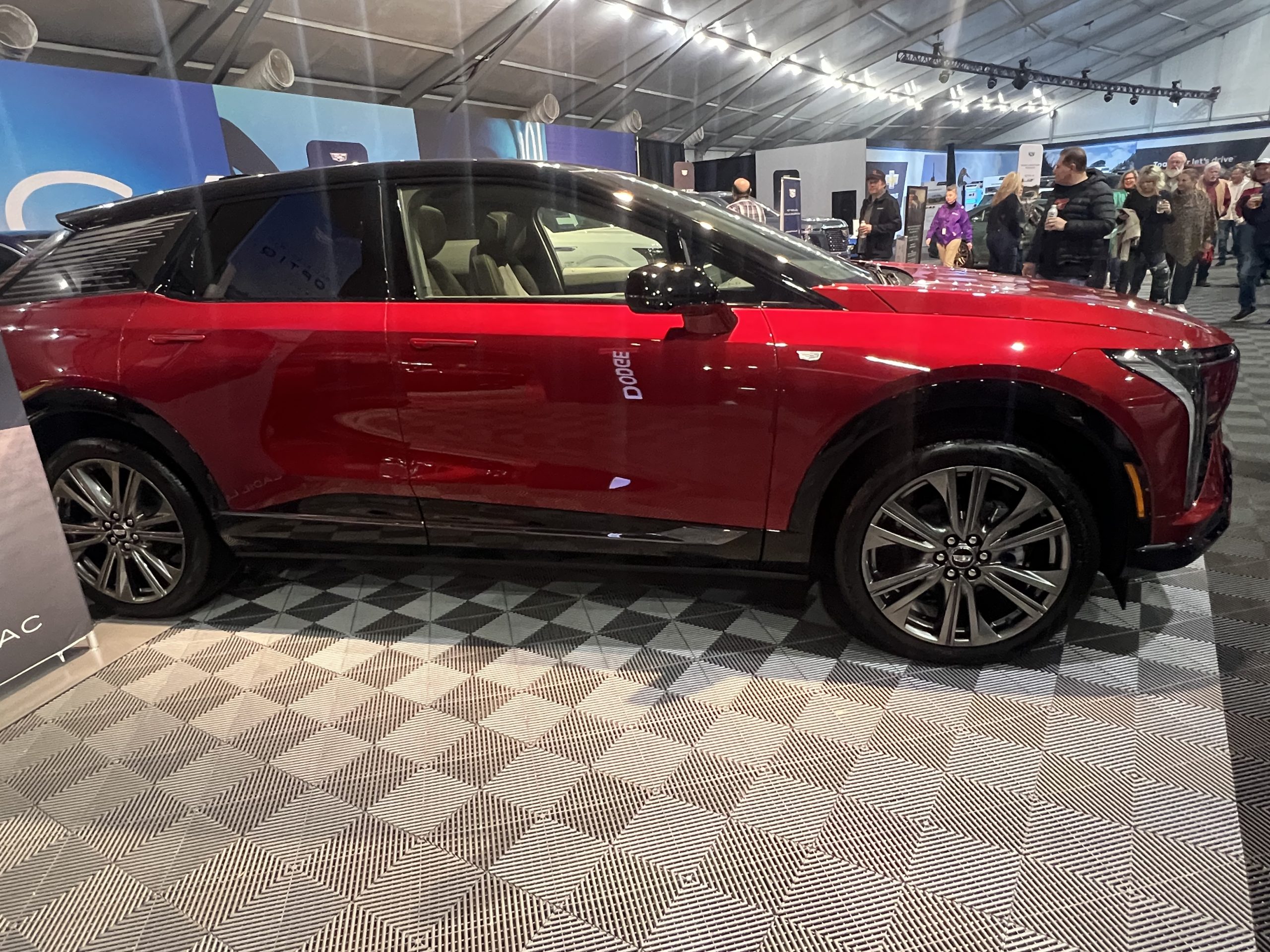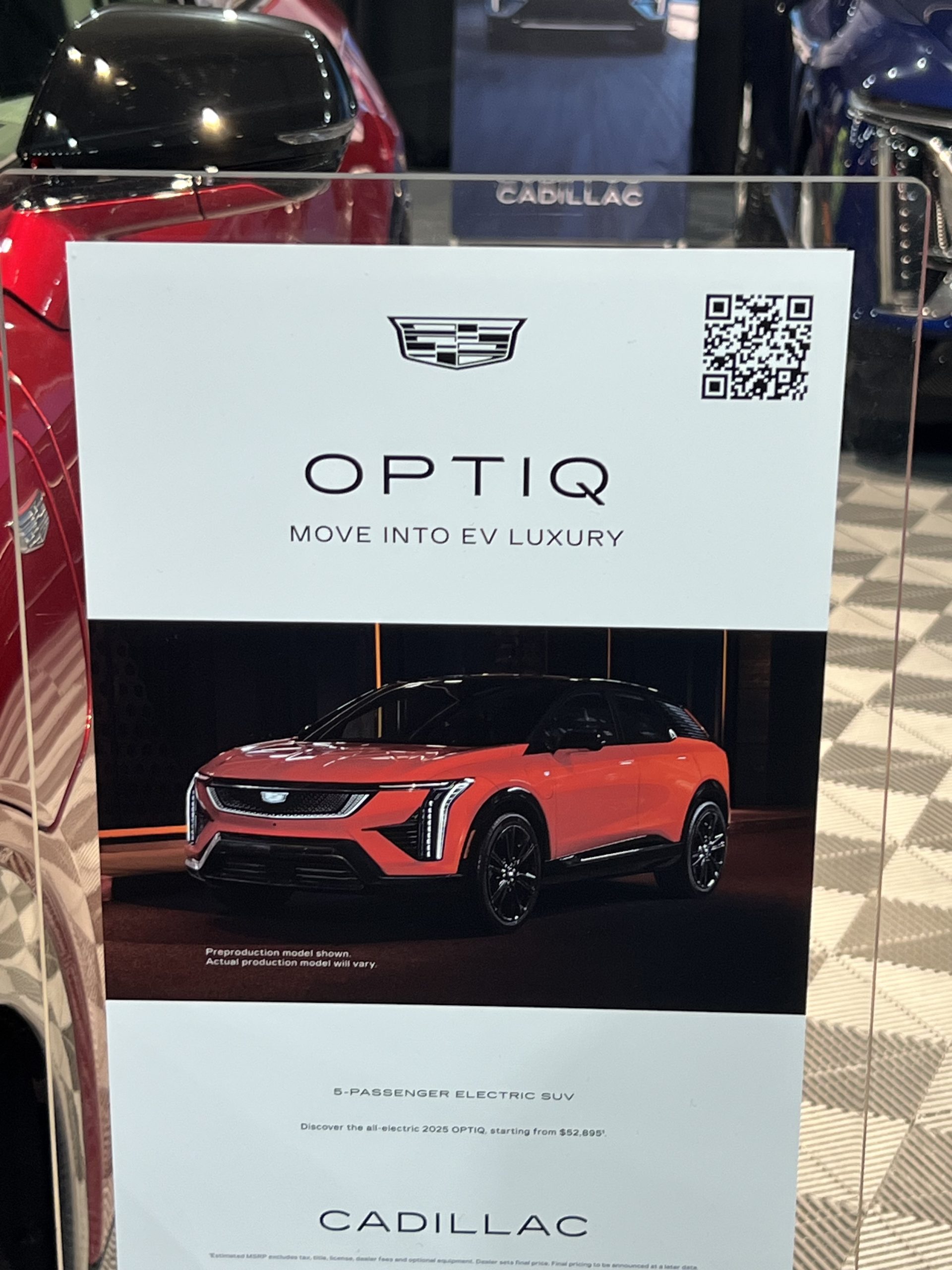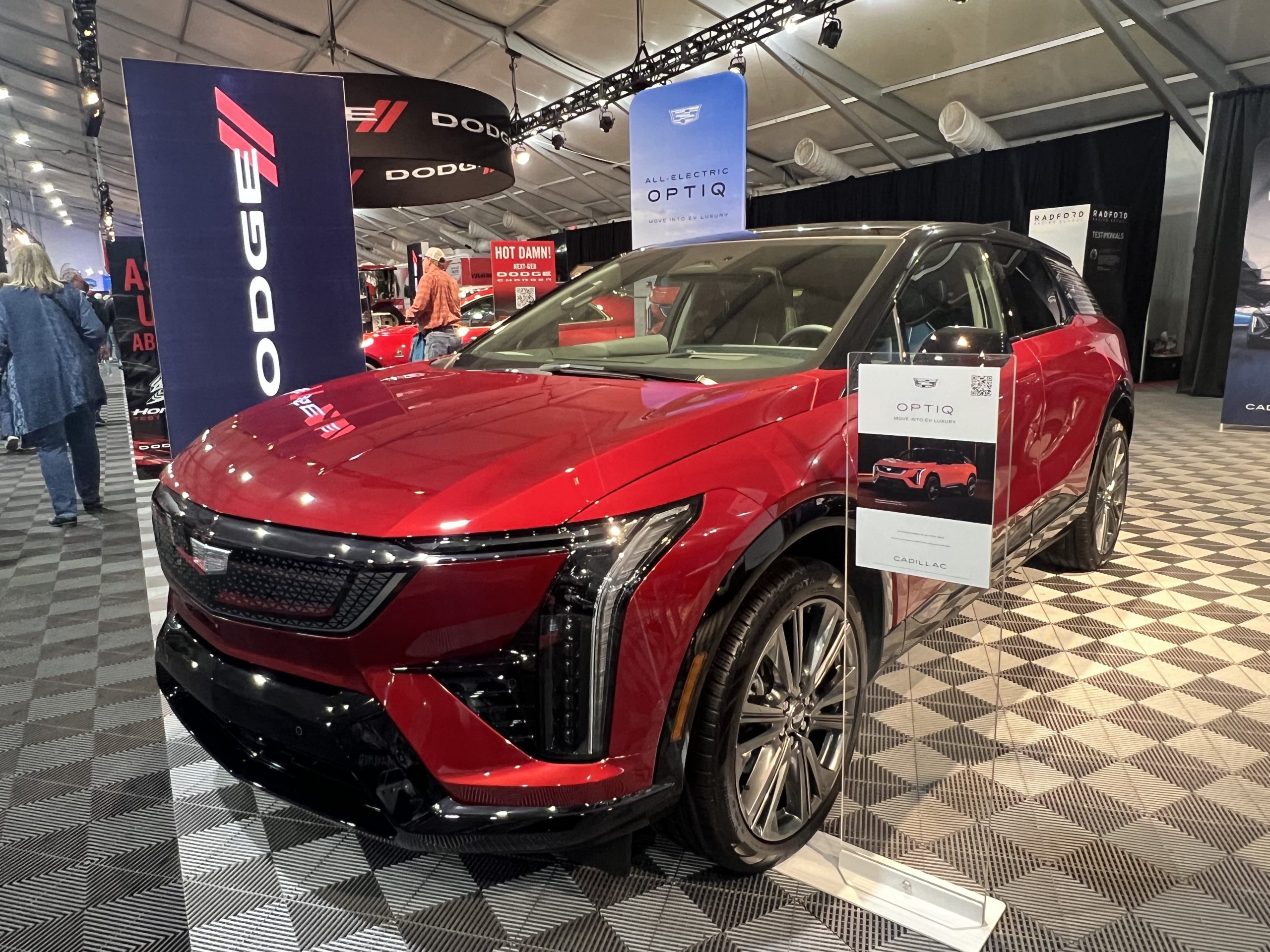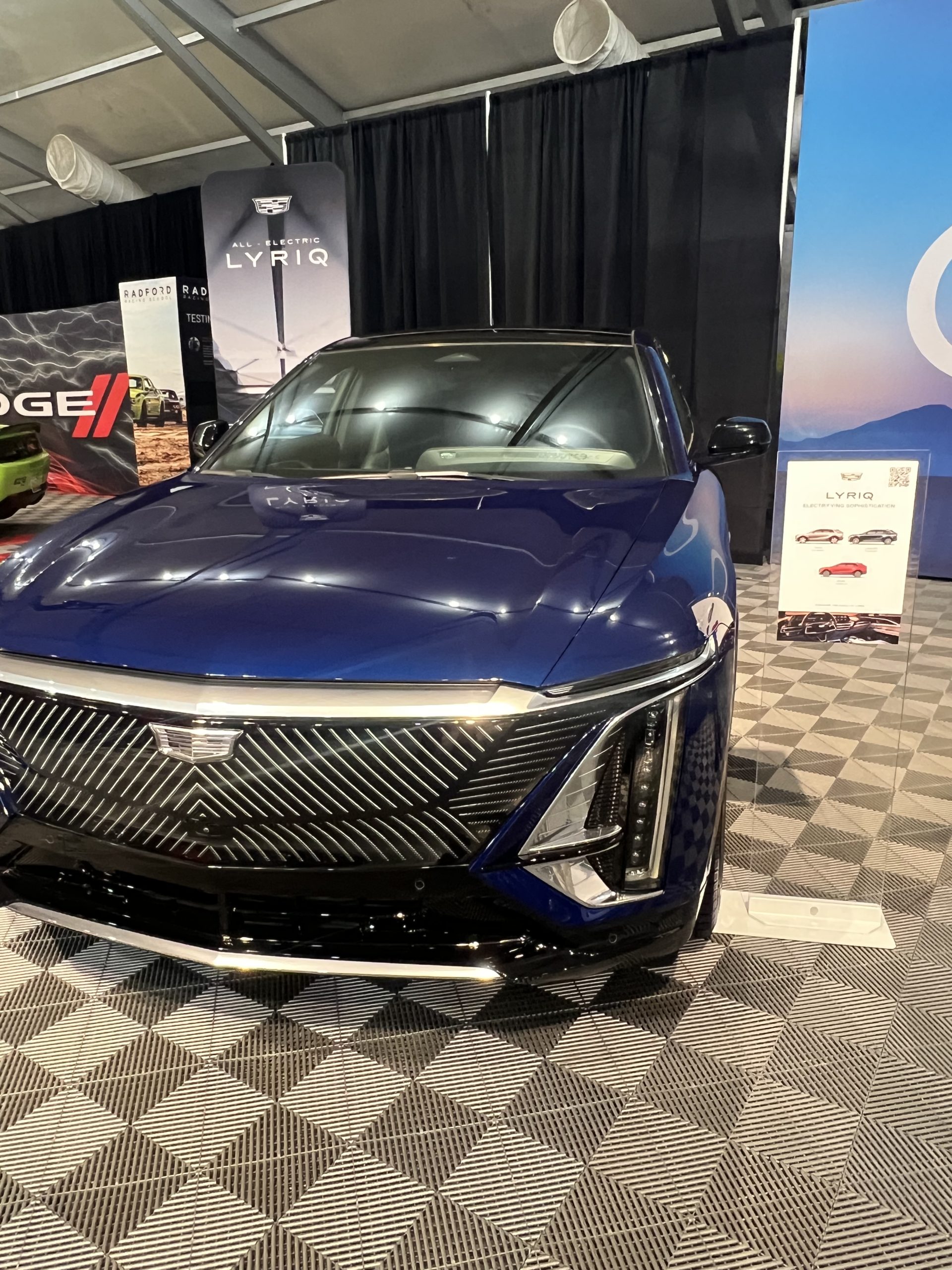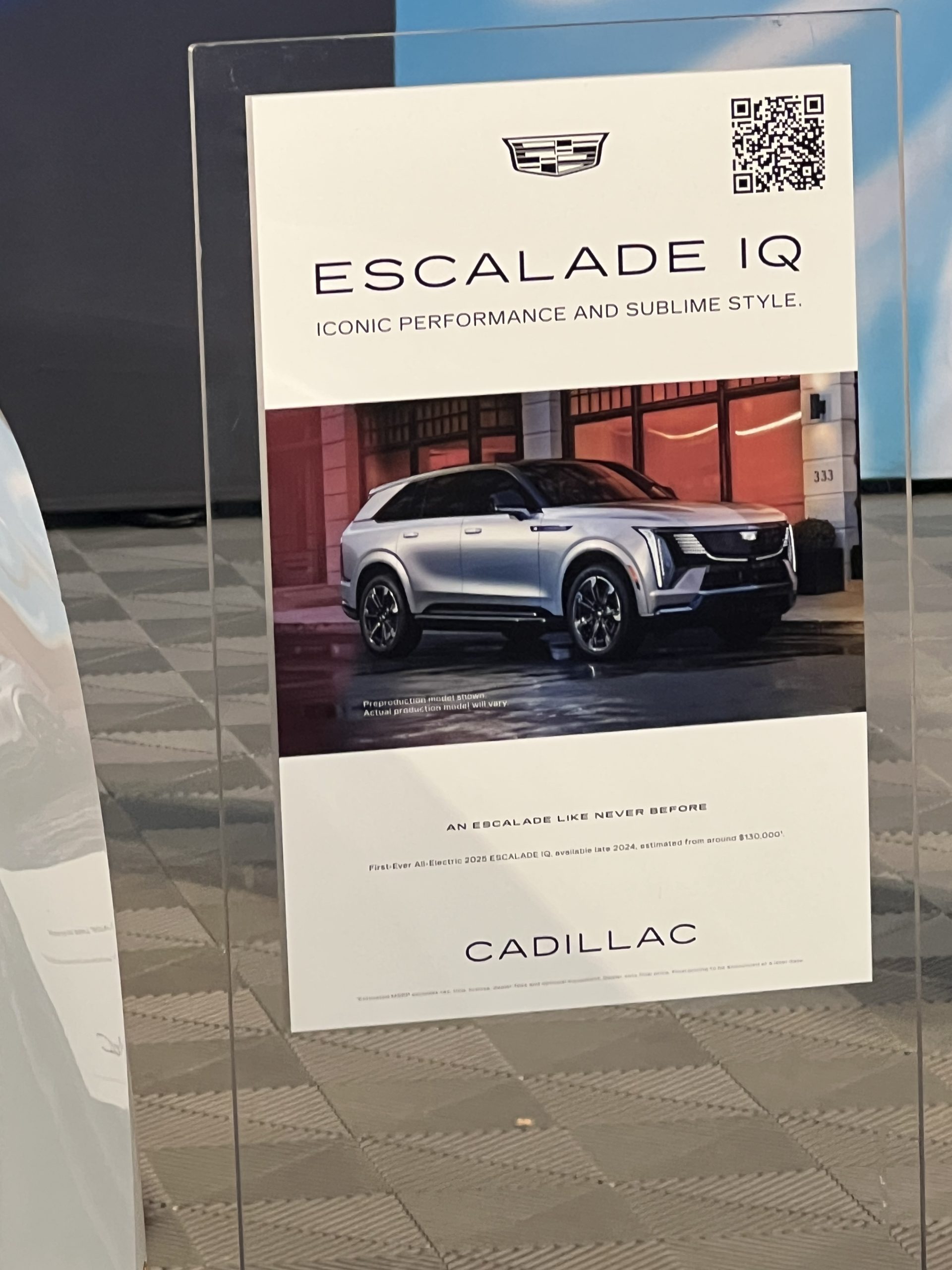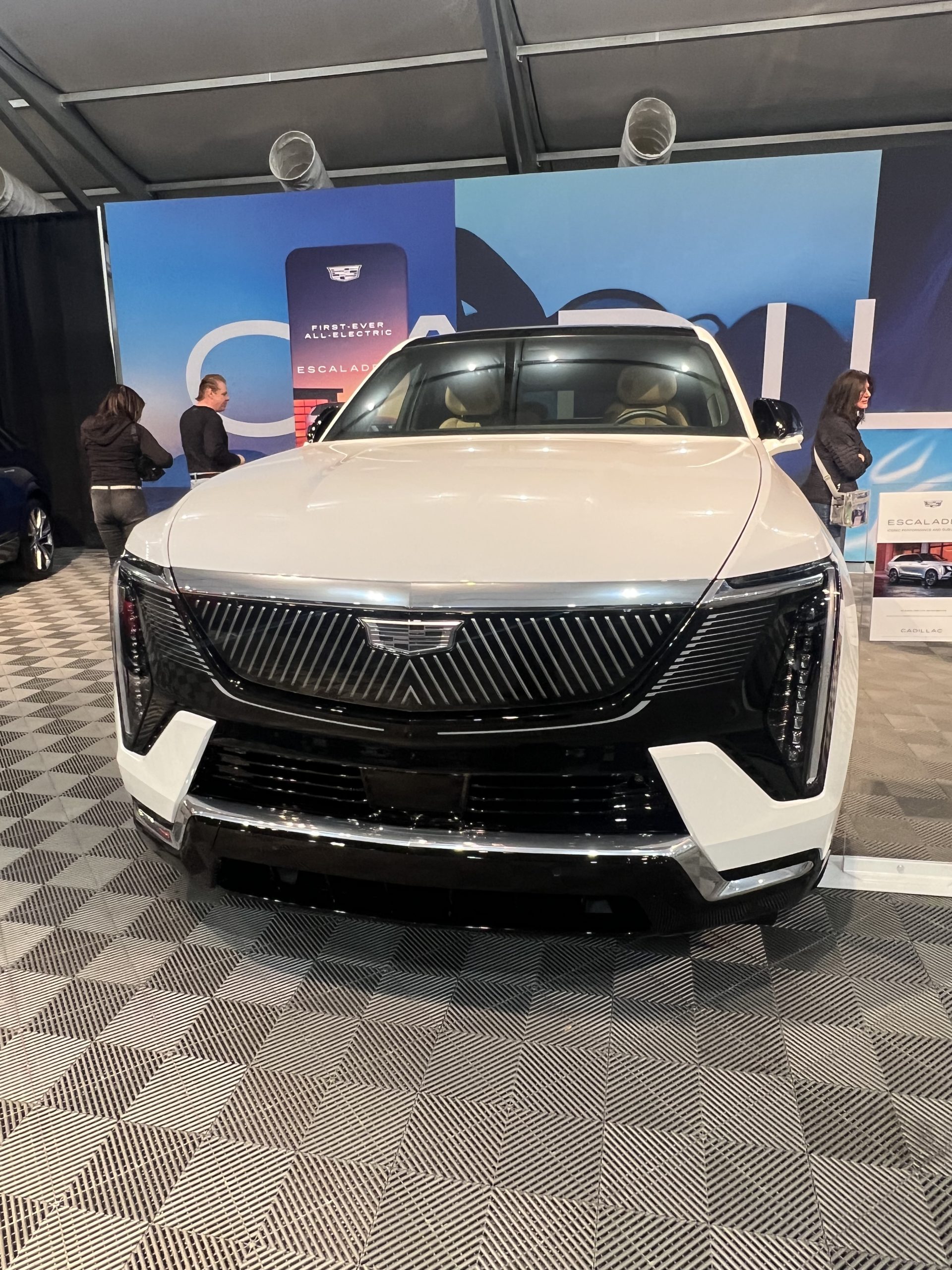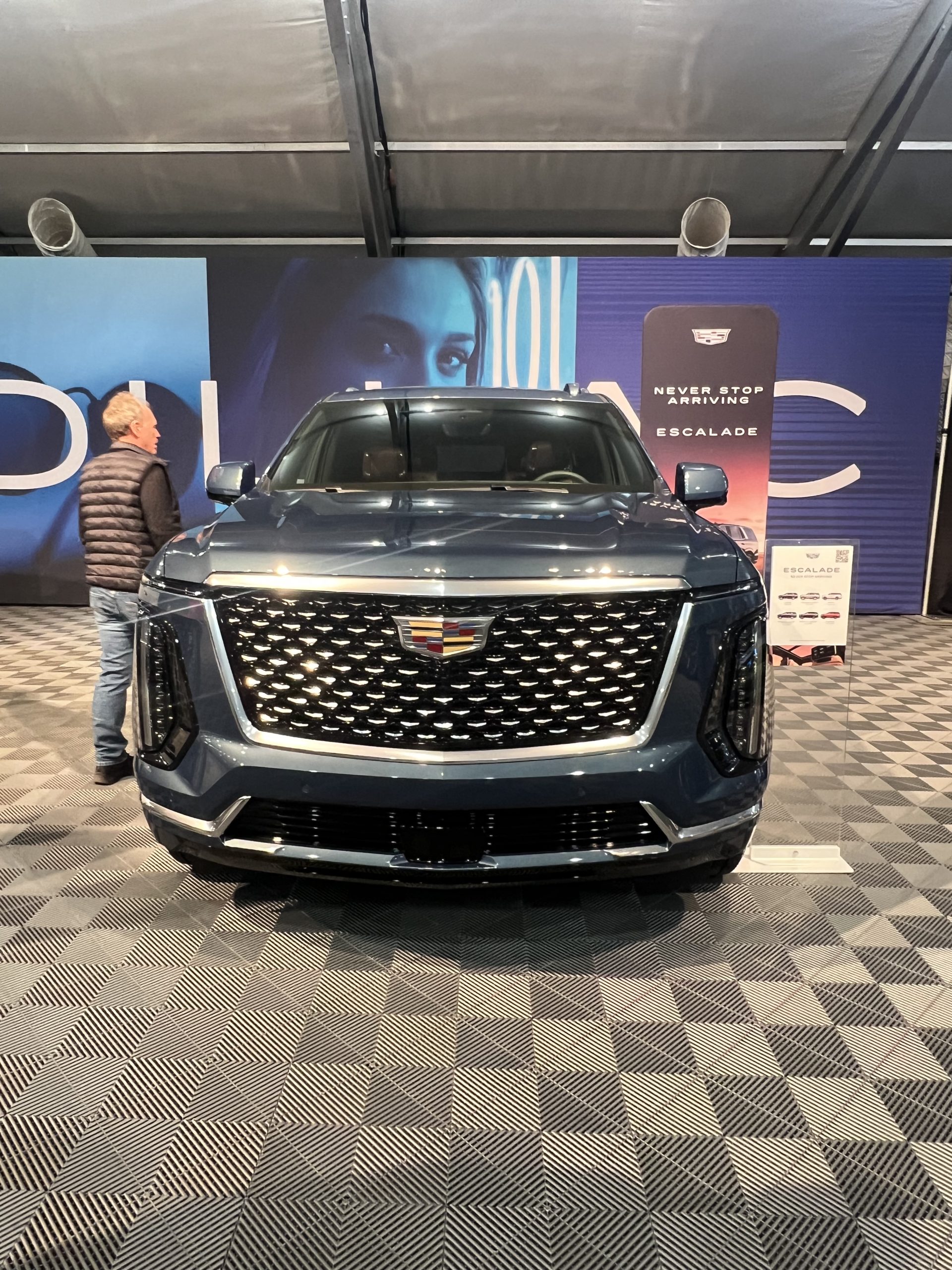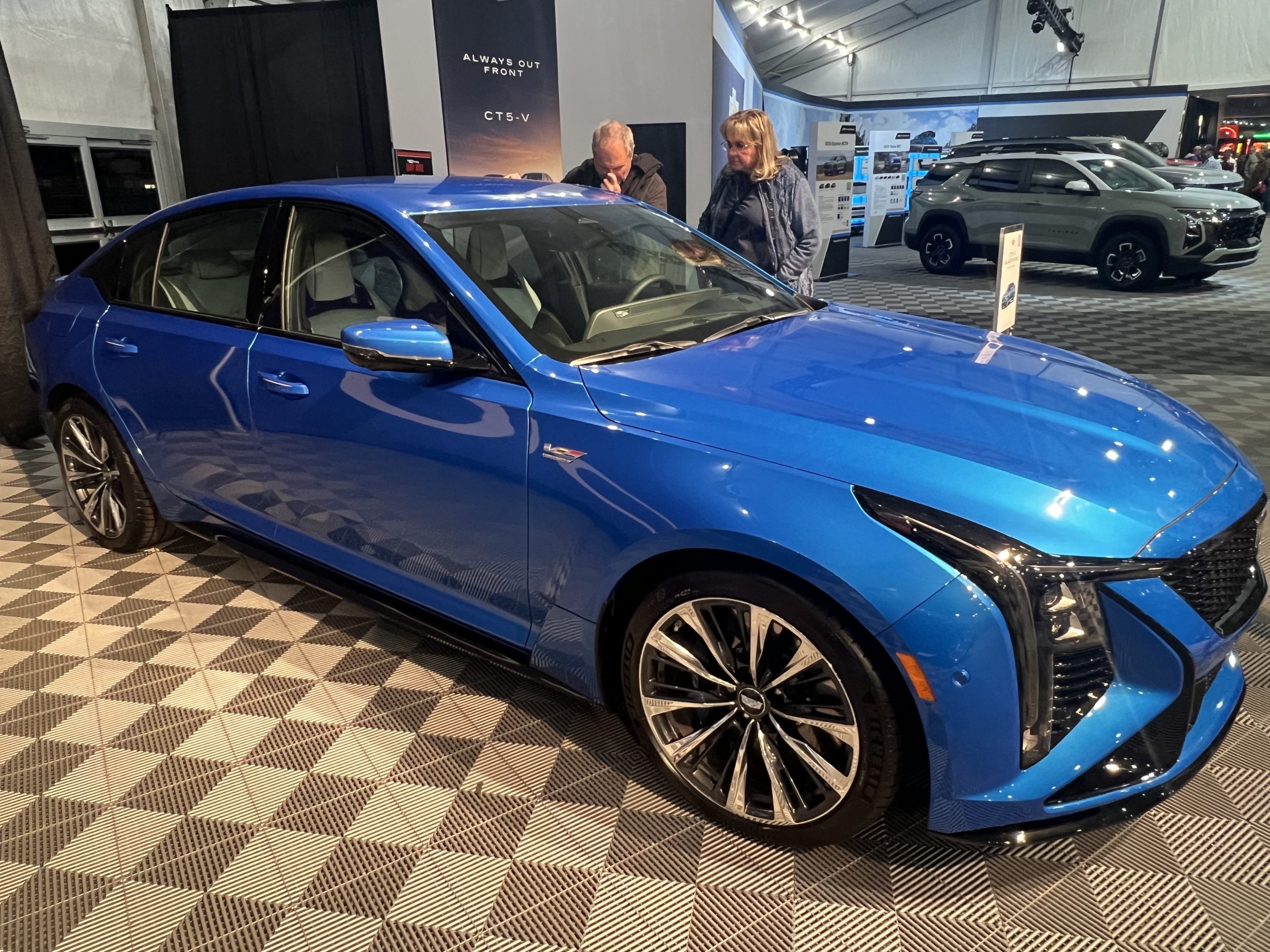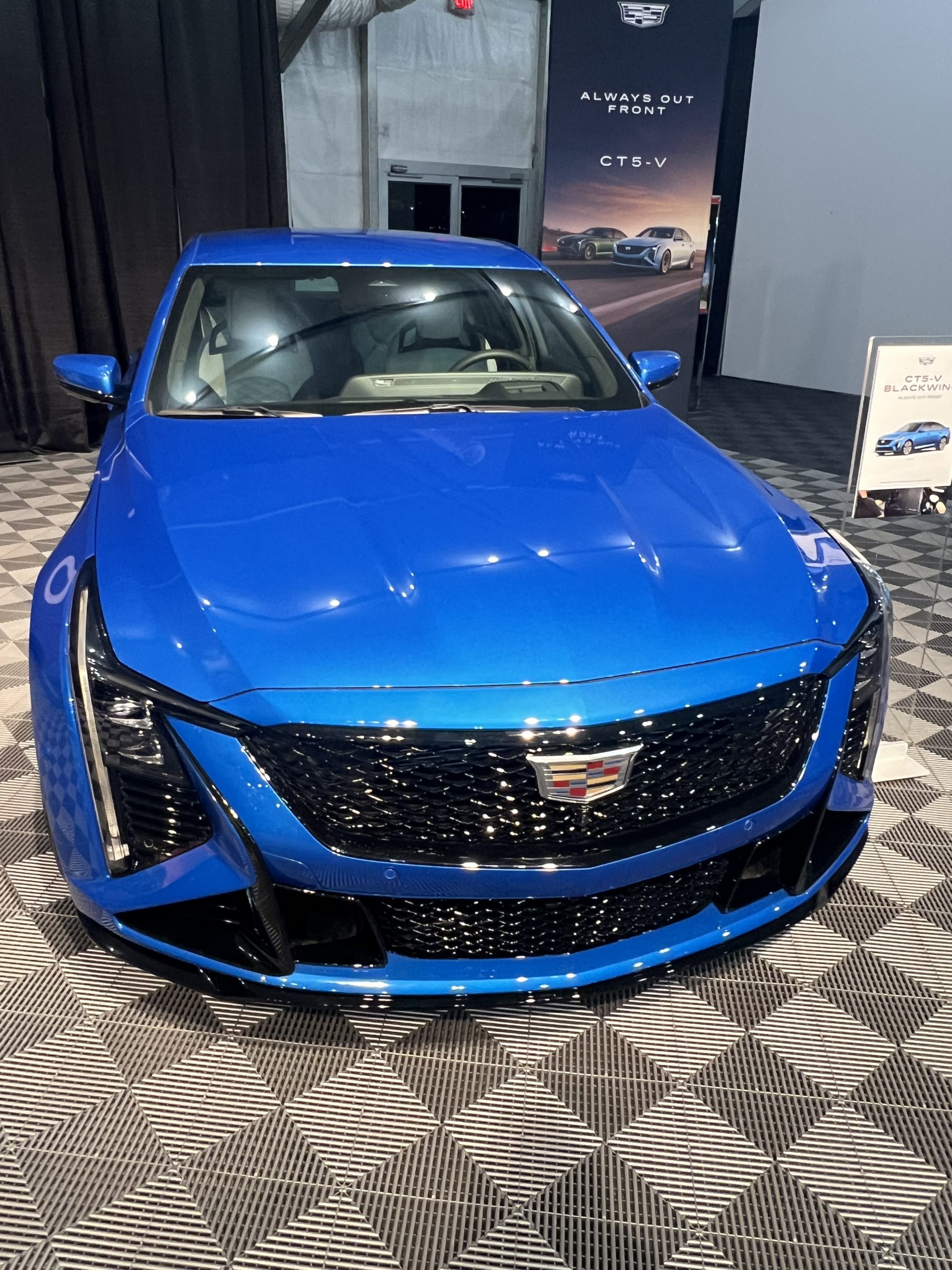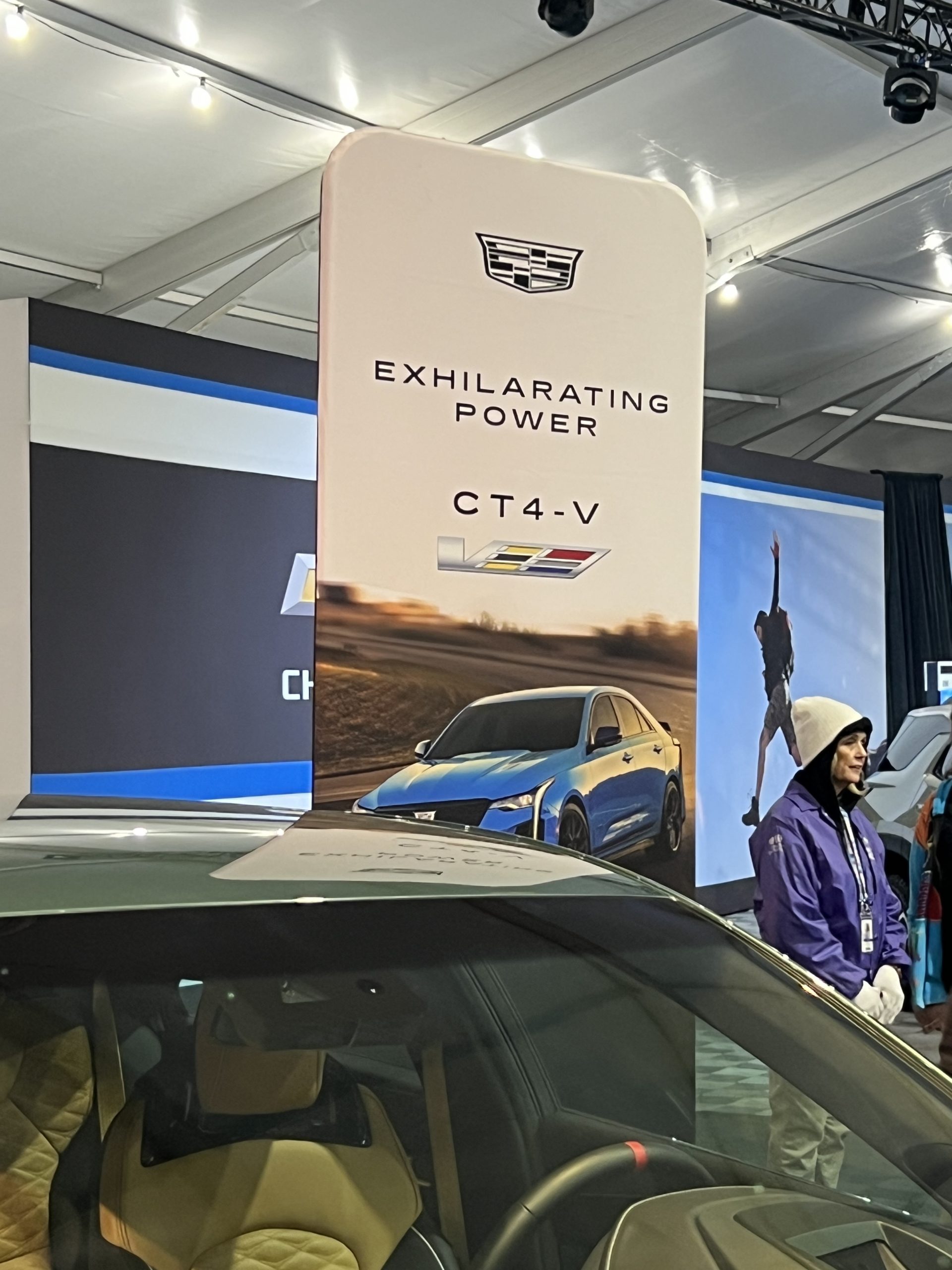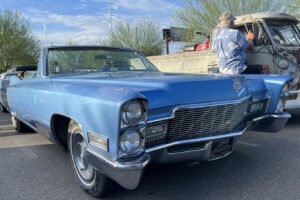 The 1960s were a defining decade for Cadillac, as the brand evolved from the extravagant tailfin era of the 1950s into a more refined, modern luxury car. Cadillac maintained its position as the leader in American automotive luxury by introducing significant styling changes, performance enhancements, and innovative technologies. The decade saw the gradual reduction of tailfins, the introduction of front-wheel drive, and major advancements in safety, comfort, and engine power. This year-by-year breakdown explores how Cadillac transformed throughout the 1960s, reinforcing its reputation for sophistication and cutting-edge engineering.
The 1960s were a defining decade for Cadillac, as the brand evolved from the extravagant tailfin era of the 1950s into a more refined, modern luxury car. Cadillac maintained its position as the leader in American automotive luxury by introducing significant styling changes, performance enhancements, and innovative technologies. The decade saw the gradual reduction of tailfins, the introduction of front-wheel drive, and major advancements in safety, comfort, and engine power. This year-by-year breakdown explores how Cadillac transformed throughout the 1960s, reinforcing its reputation for sophistication and cutting-edge engineering.
1960: A More Subtle Approach
Cadillac entered the 1960s with a more restrained design compared to the flamboyant 1959 models. The towering tailfins were lowered and reshaped, giving the cars a more balanced and elegant look. The front grille was widened and featured a horizontal pattern, contributing to a sleeker appearance. Chrome accents were still abundant, but they were more tastefully applied than in previous years.
Mechanically, Cadillac continued to use the 390 cubic-inch V8 engine, delivering 325 horsepower in standard models and up to 345 horsepower in performance variants. The suspension system was refined for a smoother ride, and power accessories, including power windows and seats, became more widespread. This year also marked the end of Cadillac’s experimental air suspension system due to reliability concerns, with all models reverting to conventional coil springs.
1961: A New Design Language
In 1961, Cadillac introduced a sharper, more streamlined look. The tailfins were further reduced, taking on a subtle, angular shape that complemented the car’s length. The front grille adopted a distinct V-shaped design, with dual headlights positioned within the body rather than extending outward. The wraparound windshield from the previous decade was replaced with a more upright design, providing improved visibility and a more contemporary aesthetic.
Luxury and convenience remained a priority, with Cadillac expanding its list of standard features. Power steering and brakes became standard across the lineup, and the interiors were updated with richer materials and improved insulation for a quieter ride. The 390 V8 engine remained, but refinements improved fuel efficiency and overall performance.
1962: Refinements and Elegance
For 1962, Cadillac refined the design introduced in the previous year. The front grille was widened and featured a bolder horizontal bar, giving the car a more imposing presence. The tailfins were integrated more smoothly into the rear quarter panels, creating a flowing and elegant profile. Additional chrome trim was applied sparingly, emphasizing Cadillac’s move toward a more sophisticated look.
Interior upgrades focused on comfort, with new seat designs and additional soundproofing materials. Cadillac also introduced more advanced climate control options, allowing drivers to better regulate cabin temperature. Performance remained largely unchanged, with the proven 390 V8 continuing to provide smooth acceleration and reliability.
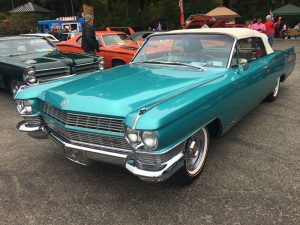
1963: A Sleeker, Longer Look
Cadillac underwent a significant redesign in 1963, making the cars appear longer, lower, and more modern. The body lines became cleaner, with fewer ornamental details, and the front fenders extended forward, giving the car a more aerodynamic stance. The tailfins were further reduced, blending almost seamlessly into the rear design.
The interior received an upgrade with more luxurious materials and the introduction of woodgrain accents on the dashboard and doors. Bucket seats became available, adding a sportier feel to certain models. Mechanically, Cadillac made small improvements to the 390 V8 engine, enhancing durability and refining the automatic transmission for smoother shifts.
1964: Introducing a More Powerful V8
The 1964 model year brought further refinement and a major mechanical upgrade. The most notable change was the introduction of a new 429 cubic-inch V8 engine, delivering 340 horsepower. This upgrade provided increased power while maintaining Cadillac’s signature smooth performance.
Visually, the changes were subtle but impactful. The front grille featured a new bi-angular design, creating a more dynamic look. The tailfins were now reduced to mere vestiges of their former selves, aligning with the industry’s shift toward more understated styling. This year also marked the debut of Cadillac’s first fully automatic climate control system, allowing occupants to set a desired temperature that the car would maintain automatically.
1965: A Bold Redesign
1965 marked a major shift in Cadillac’s styling, introducing a completely new body design. The most striking change was the adoption of vertically stacked dual headlights, giving the front end a more dominant presence. The grille was enlarged and featured a finer mesh pattern, while the tailfins were now almost completely gone, replaced by a squared-off rear design with vertically oriented taillights.
Under the skin, Cadillac introduced a new perimeter frame, improving both ride quality and safety. The 429 V8 remained the standard engine, providing ample power for the large luxury cars. Safety features were also expanded, with seat belts becoming standard and an energy-absorbing steering column being introduced to improve crash protection.
1966: Refinements and New Features
The 1966 Cadillacs built upon the success of the previous year’s redesign with minor styling updates. The grille was given a more detailed pattern, and additional chrome trim was used sparingly to enhance the car’s presence. The rear taillights were slightly reshaped, and the side profile became even more refined.
A major mechanical addition this year was variable-ratio power steering, which improved maneuverability at low speeds while maintaining stability at highway speeds. Cadillac also introduced new luxury features, such as heated seats and an improved stereo system. These refinements ensured that Cadillac remained at the forefront of the luxury car market.
1967: The Revolutionary Eldorado
One of the most significant introductions of the decade came in 1967 with the debut of the Cadillac Eldorado as a front-wheel-drive luxury coupe. This groundbreaking model featured a sleek, angular design with hidden headlights and a distinctive pillarless roofline. The Eldorado’s front-wheel-drive layout allowed for a lower floor height, providing more interior space and a unique driving experience.
The rest of the Cadillac lineup received minor updates, with a revised grille and subtle body modifications. The 429 V8 engine continued to power all models, but improvements to suspension and braking systems enhanced ride quality and safety.
1968: Increased Power and Safety
For 1968, Cadillac introduced an even larger 472 cubic-inch V8 engine, producing 375 horsepower and an impressive 525 lb-ft of torque. This upgrade ensured that Cadillac’s large luxury sedans remained powerful despite increasing weight from new safety features.
Design changes included the elimination of front vent windows, giving the cars a cleaner side profile. New safety regulations led to the introduction of side marker lights and energy-absorbing steering columns. Disc brakes became available, improving stopping performance.
1969: A Modernized Look
Cadillac closed the decade with another styling refresh. The most notable change was the shift from stacked headlights to a horizontal layout, creating a wider and more imposing front-end design. The grille was updated with a new pattern, and the rear received a sleeker, more integrated look.
Inside, Cadillac continued to refine luxury features, adding improved seating materials and an upgraded automatic climate control system. The 472 V8 carried over, ensuring that Cadillac remained one of the most powerful luxury cars on the market.
The 1960s saw Cadillac transition from the tailfin era into a new age of sophistication and innovation. With continuous improvements in styling, performance, and technology, Cadillac maintained its dominance in the luxury car segment. By the end of the decade, Cadillac had established itself as a leader in design and engineering, setting the stage for the advancements that would follow in the 1970s.
